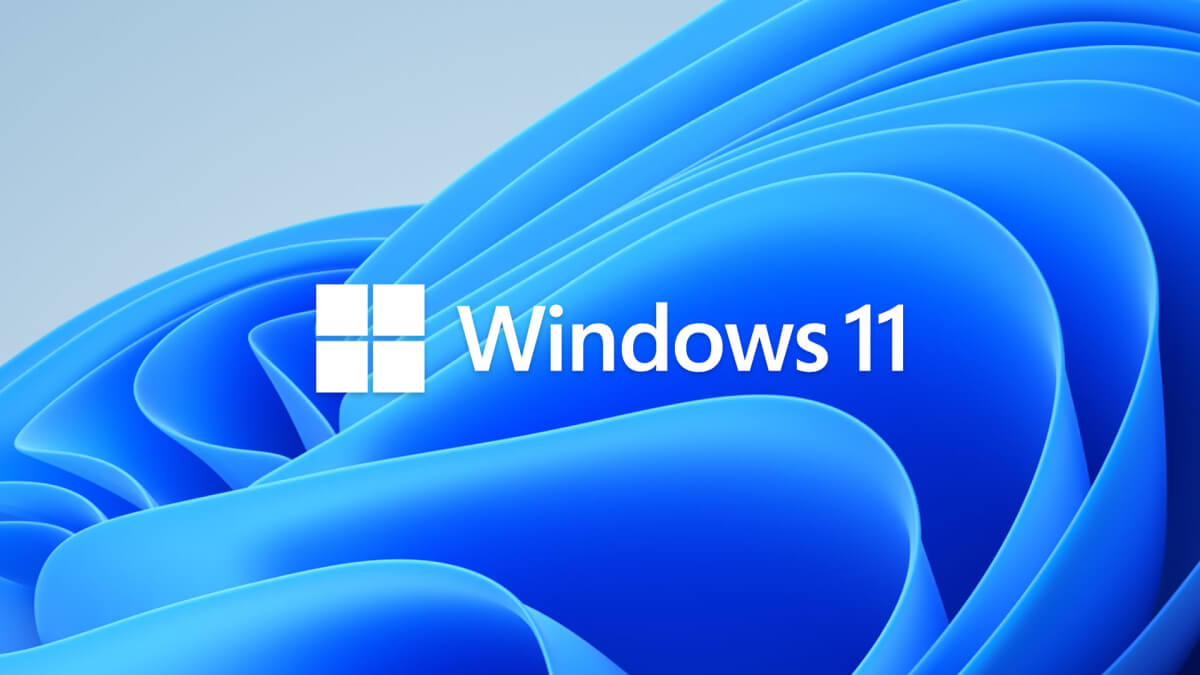Microsoft is set to enhance the Windows 11 update process by introducing checkpoint cumulative updates later this year. Beginning with Windows 11, version 24H2, and Windows Server 2025, these updates will be smaller and faster, allowing new security improvements and features to be downloaded and installed more quickly, all without requiring users to take any action.
Traditionally, Windows 11 cumulative updates have included all changes since the operating system was released to manufacturing (RTM). These monthly updates were built cumulatively, with each new update containing binary differentials computed from the initial version. However, with the introduction of checkpoint cumulative updates, Microsoft is shifting to a model where updates include only the changes since the last checkpoint, significantly reducing the size and time required for downloads.
The new checkpoint system means that Microsoft may periodically release cumulative updates as checkpoints. Subsequent updates will consist of update package files associated with these checkpoints and new files containing incremental binary differentials. This approach allows the Windows 11 servicing stack to merge all checkpoints and only download and install missing content on the device.

For IT administrators and users managing updates through Windows Update, Windows Update for Business, Windows Autopatch, or Windows Server Update Services (WSUS), these new checkpoint cumulative updates will integrate seamlessly with existing tools and processes. There will be no need for any changes or additional actions, as the updates will appear as regular monthly updates, albeit more efficient.
Those sourcing updates from the Microsoft Update Catalog will notice a slight change. Each monthly update may contain multiple update package files, representing different checkpoints. These files can be installed sequentially using existing deployment tools, maintaining the familiar process but with added efficiency.
This new approach benefits organizations with remote branch offices by focusing on smaller downloads. Checkpoint cumulative updates will reduce the bandwidth and storage required for updates, making the process more sustainable. Server-side optimization means updates will no longer need to include all changes since RTM, allowing for more efficient redistribution. This is particularly advantageous for organizations with remote branch offices, as it conserves valuable energy resources by only downloading necessary incremental files.
The introduction of checkpoint cumulative updates also enhances the delivery of annual feature updates via enablement packages. These updates, which share a common core operating system with previous releases, will start fresh and small, improving the adoption process.
This new update is previewed in Windows Insider Preview Build 26120.1252 (Dev Channel).
